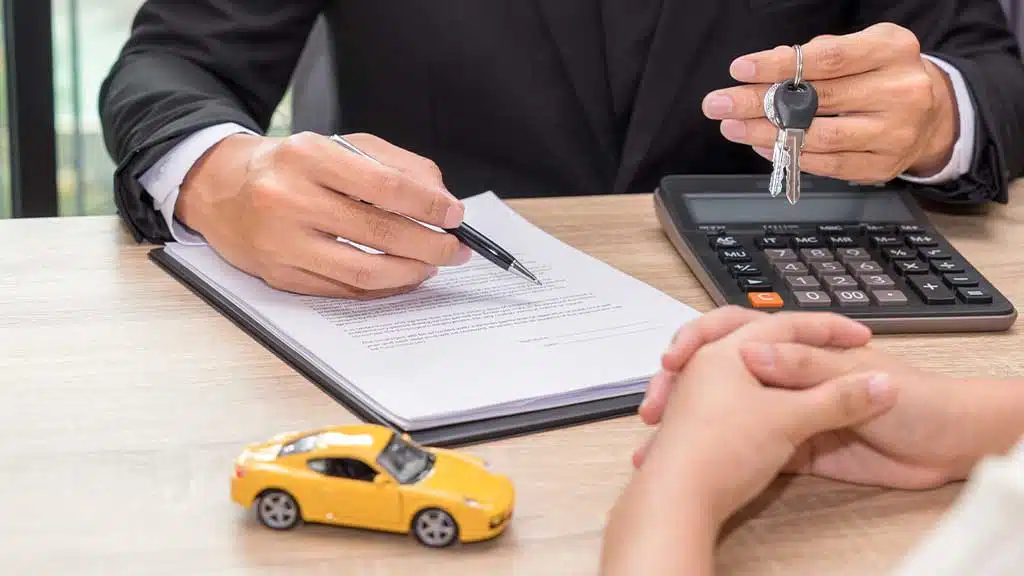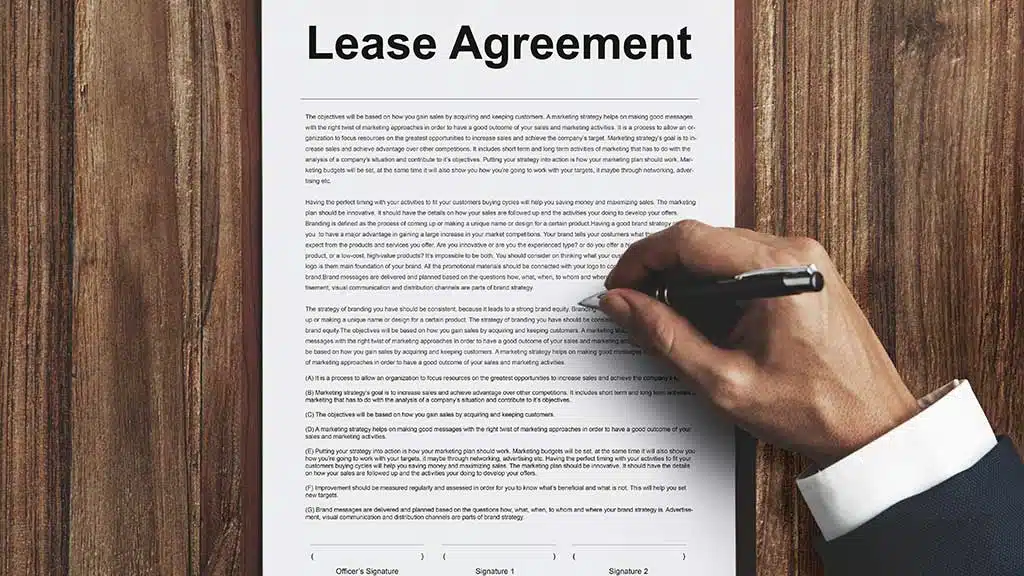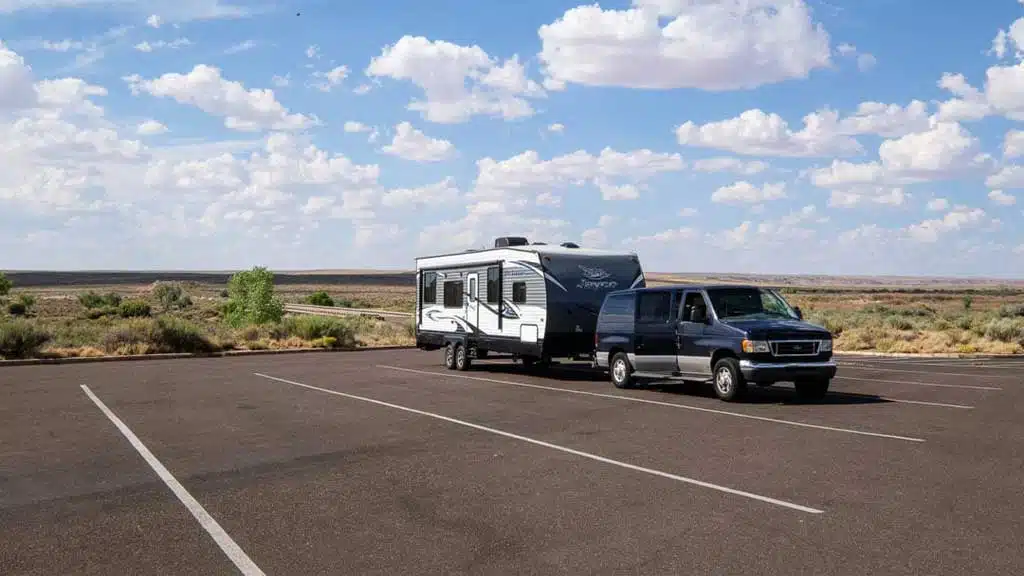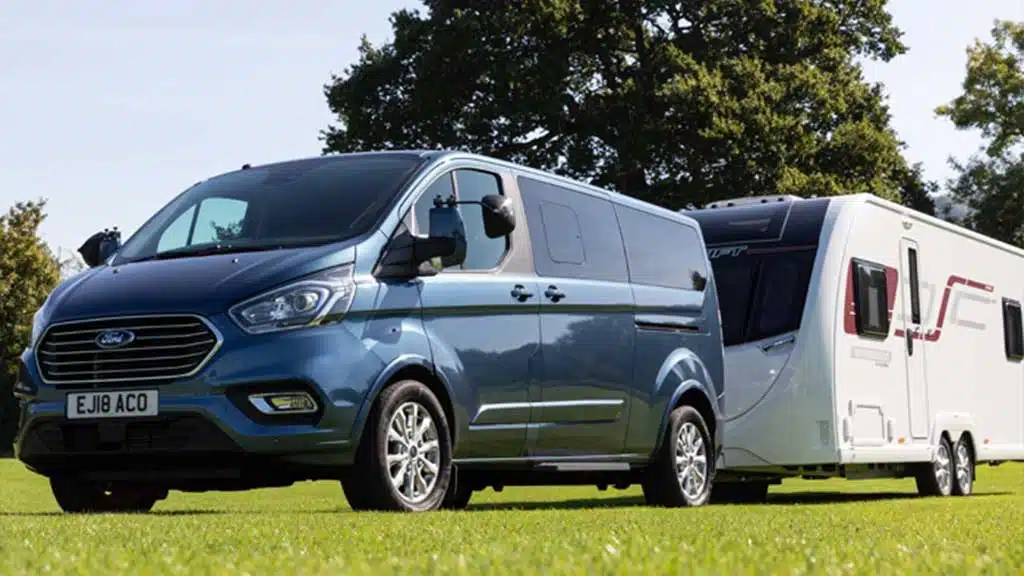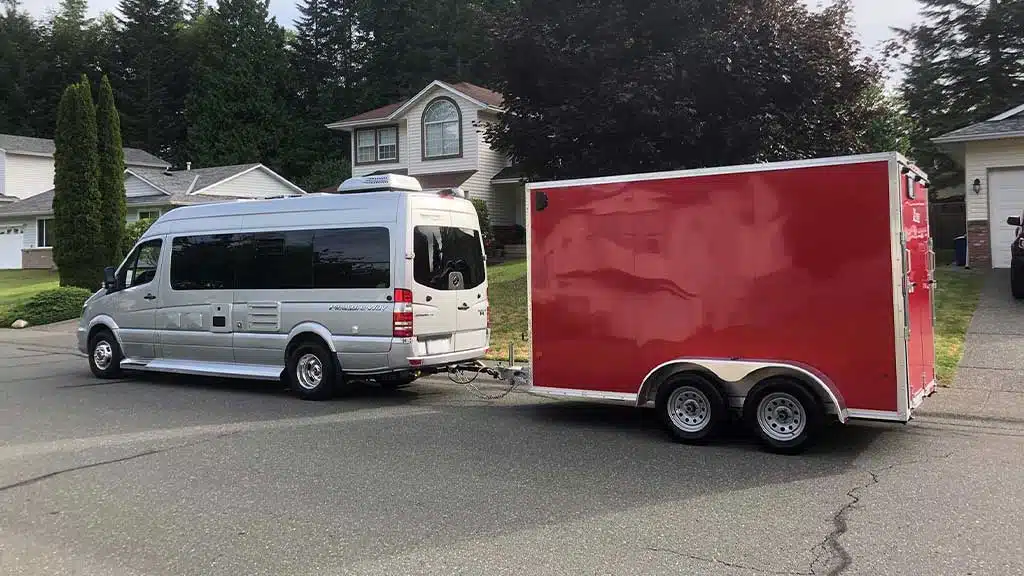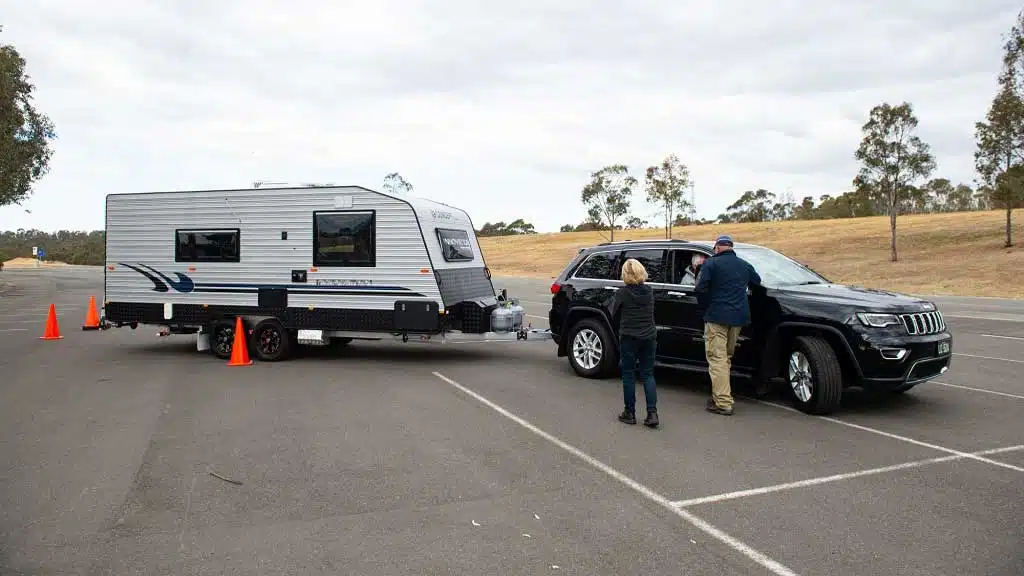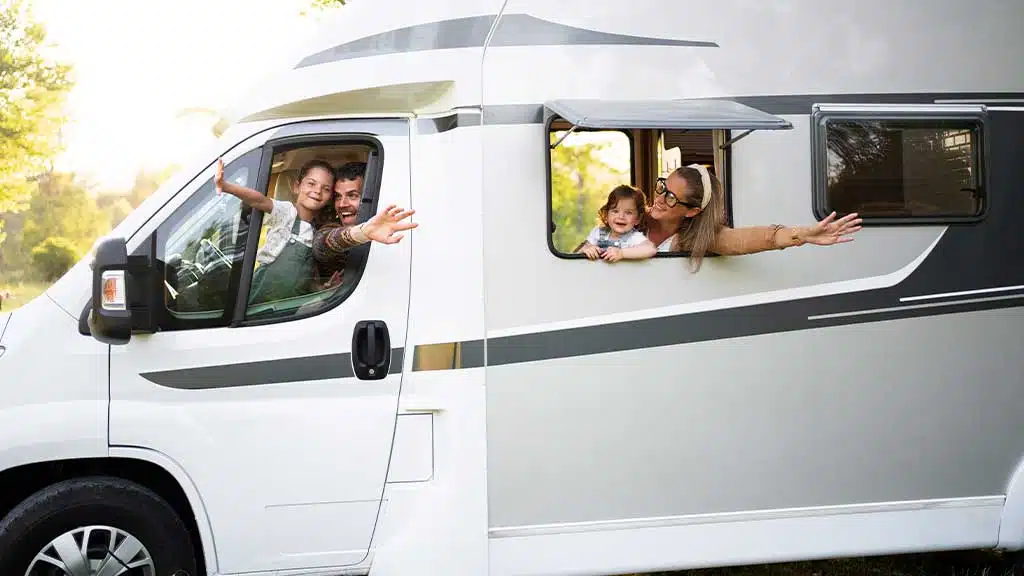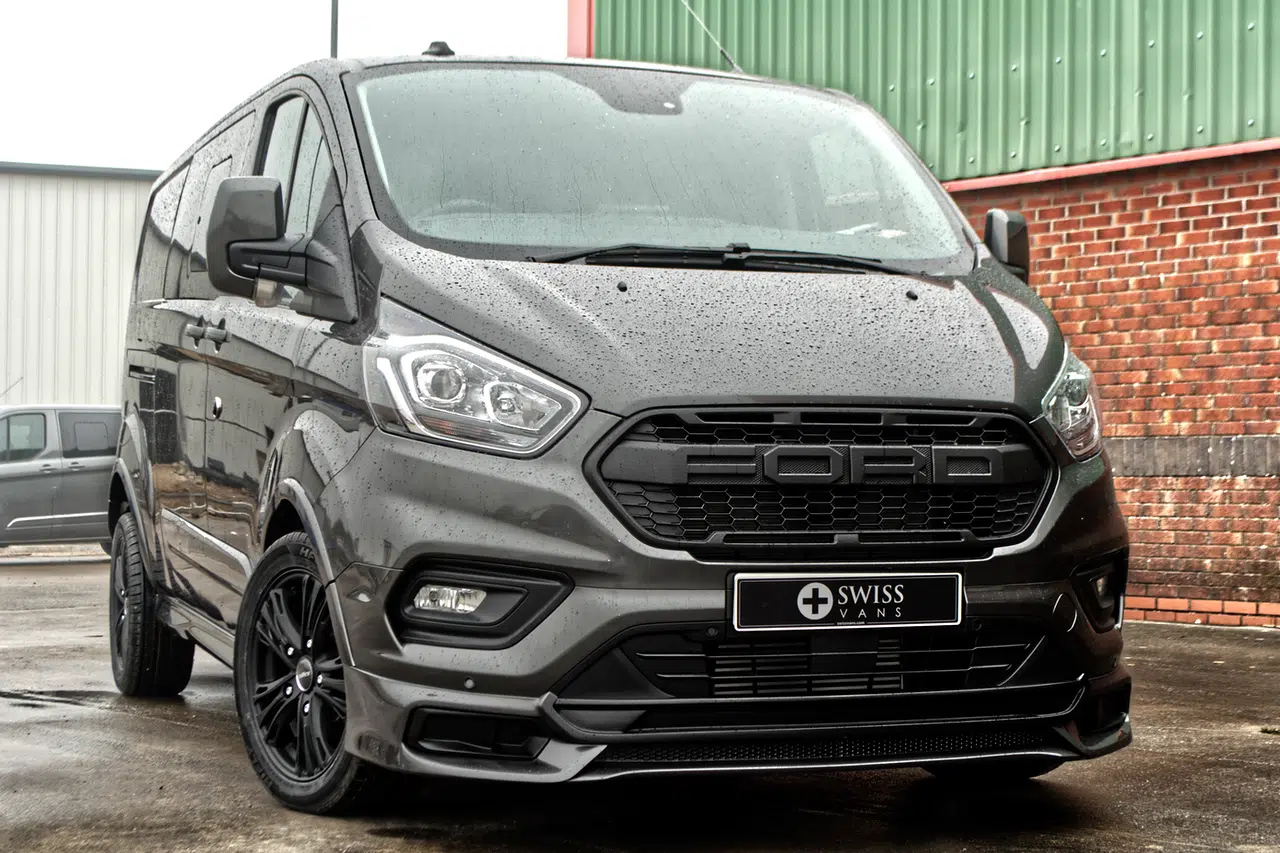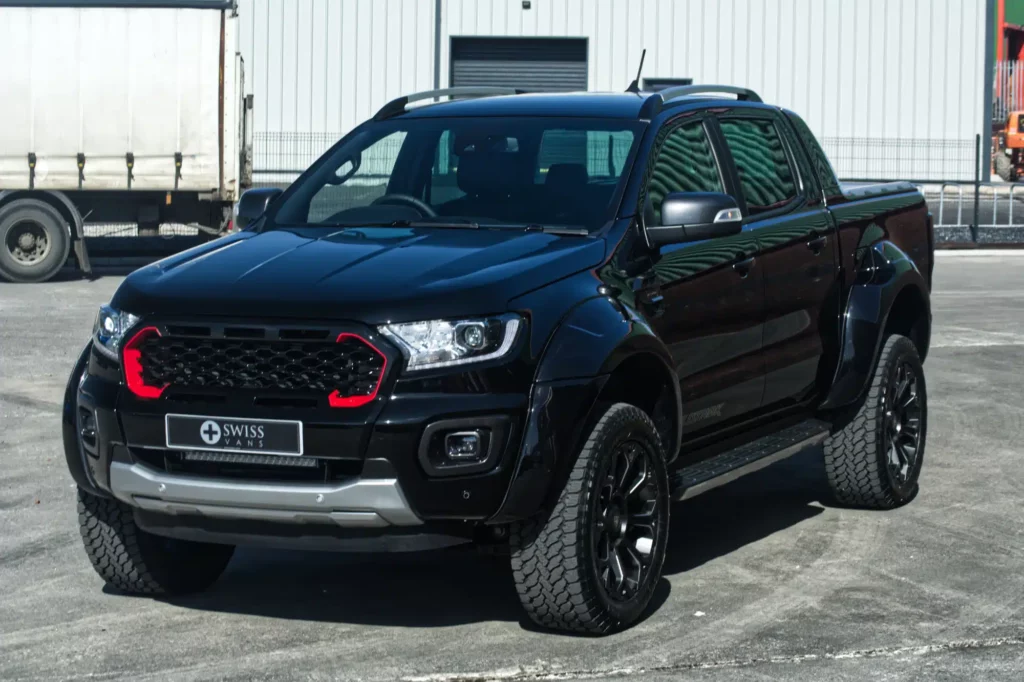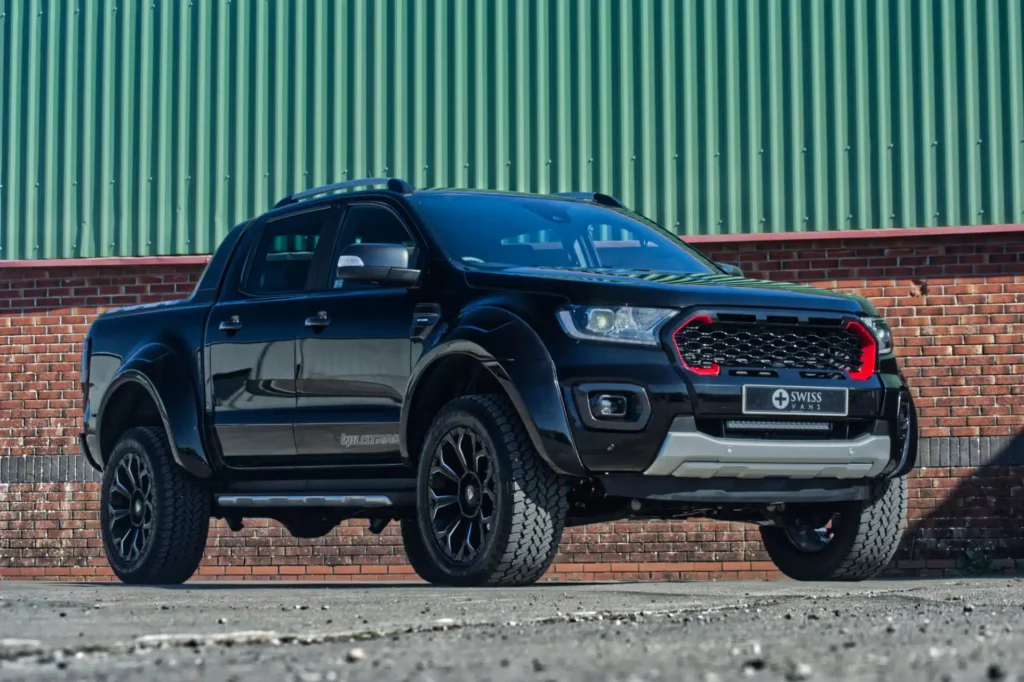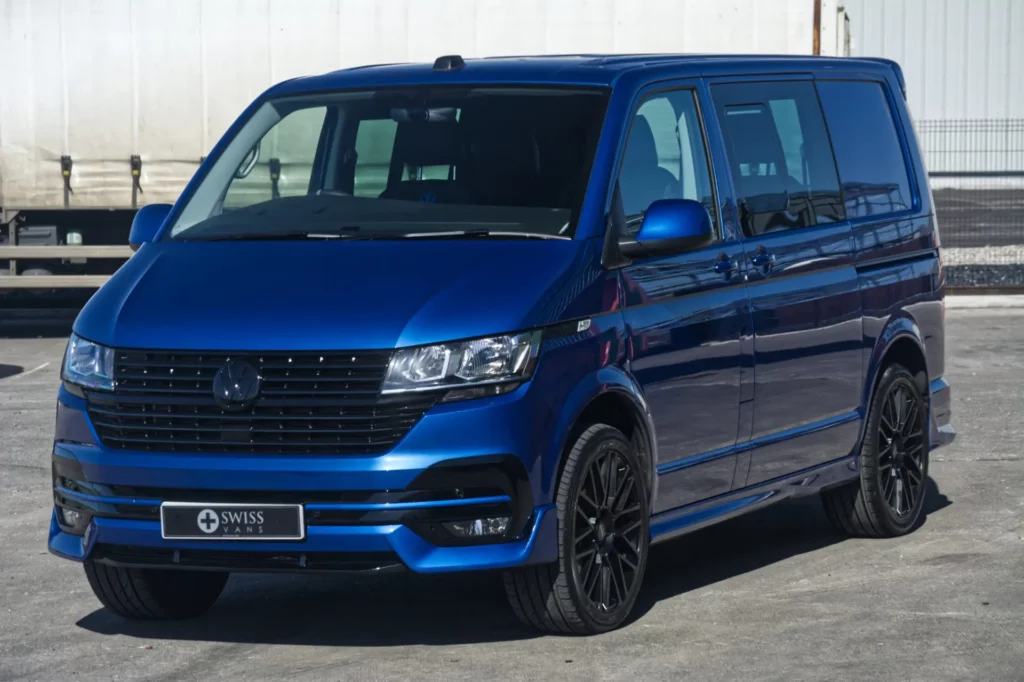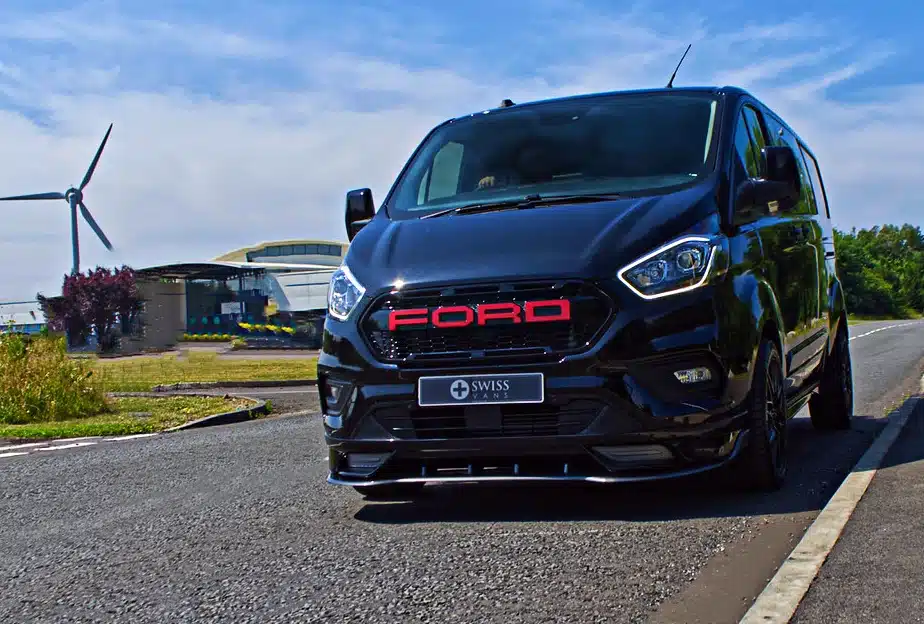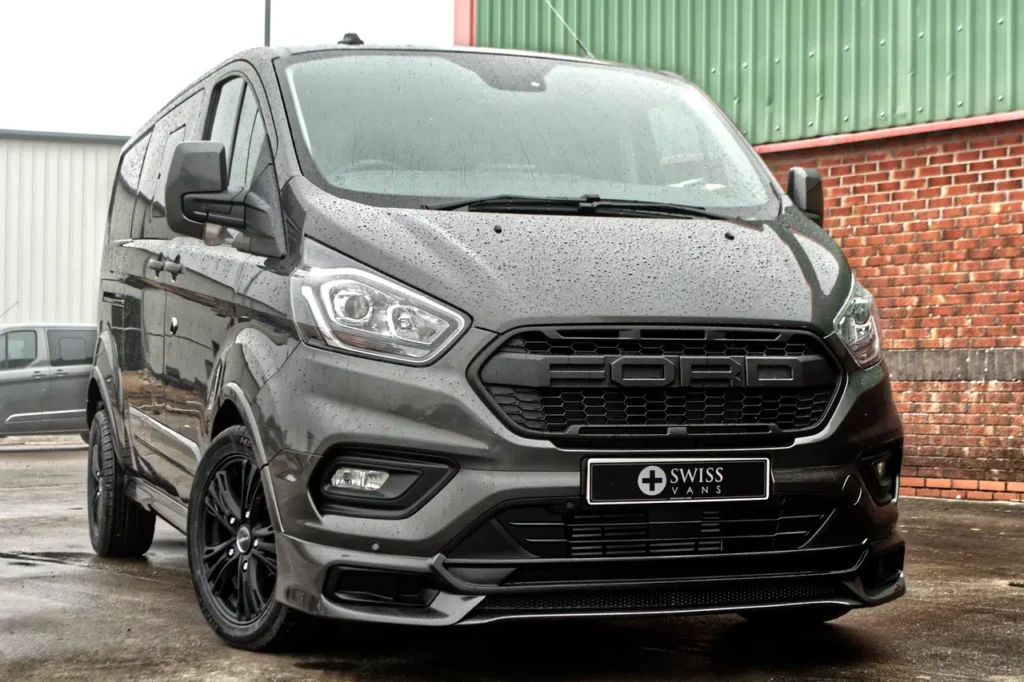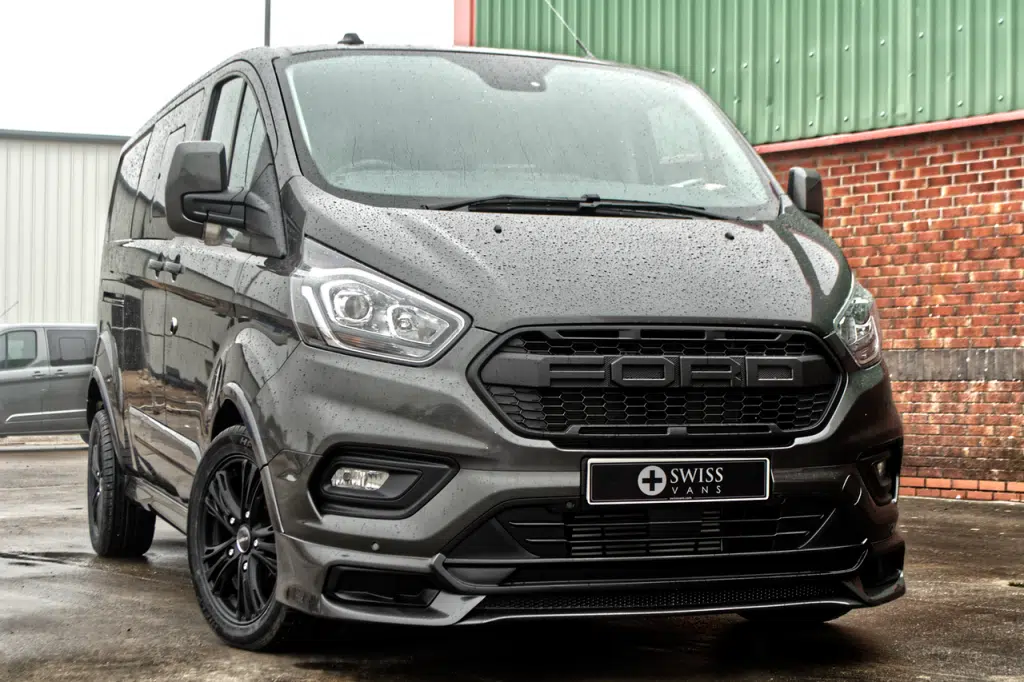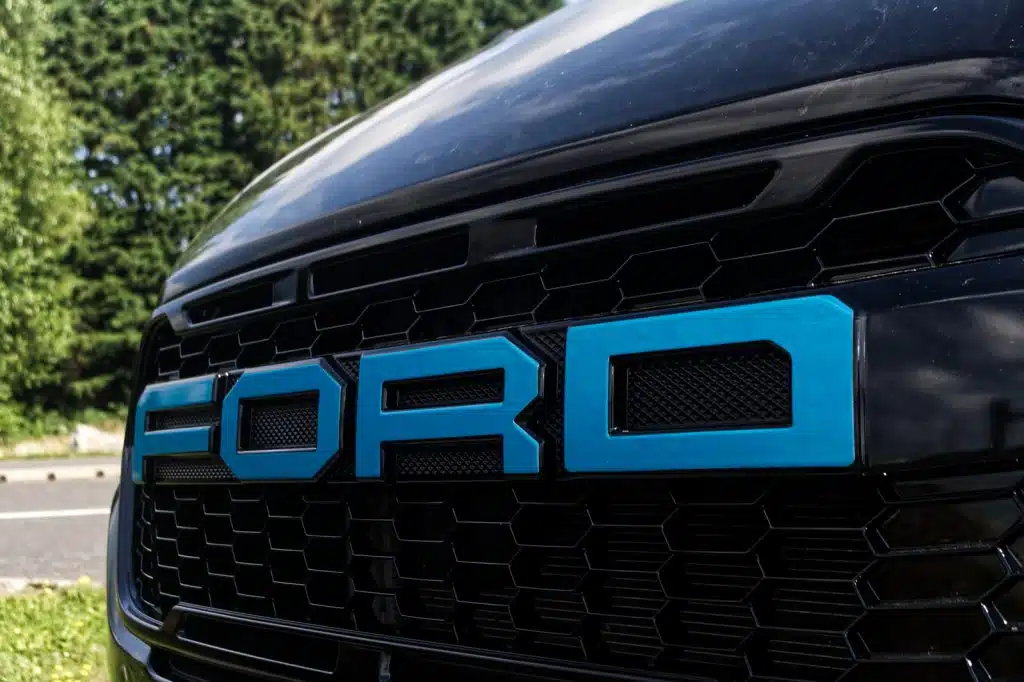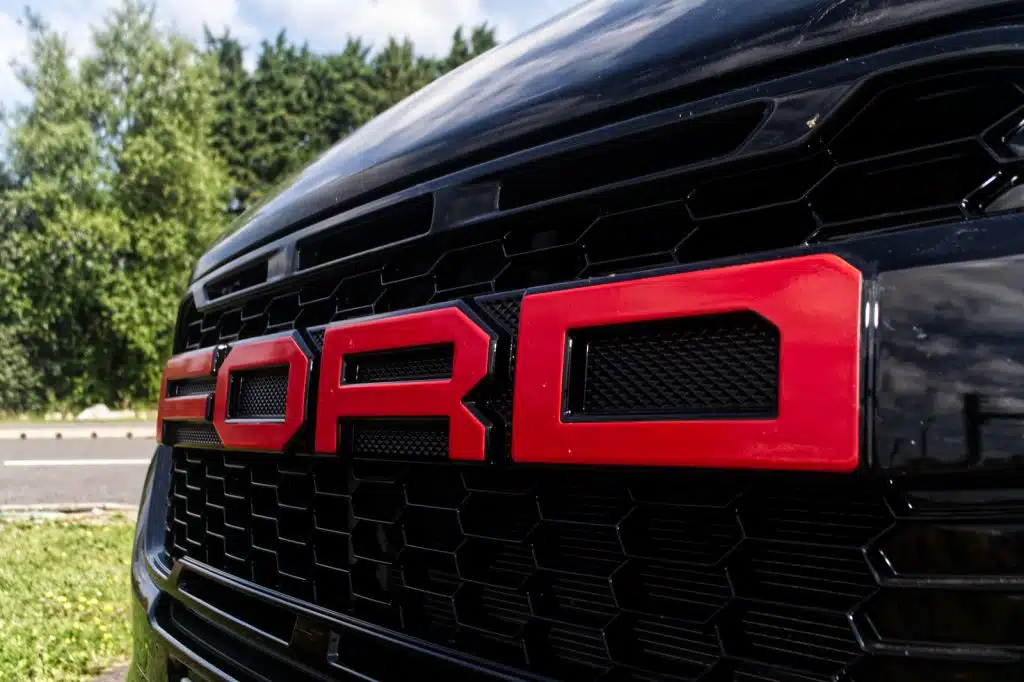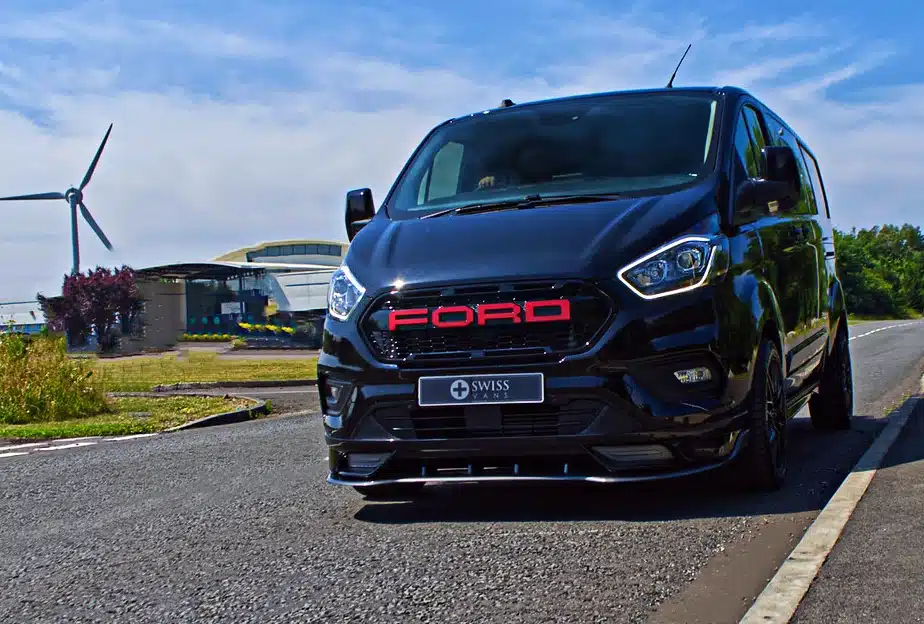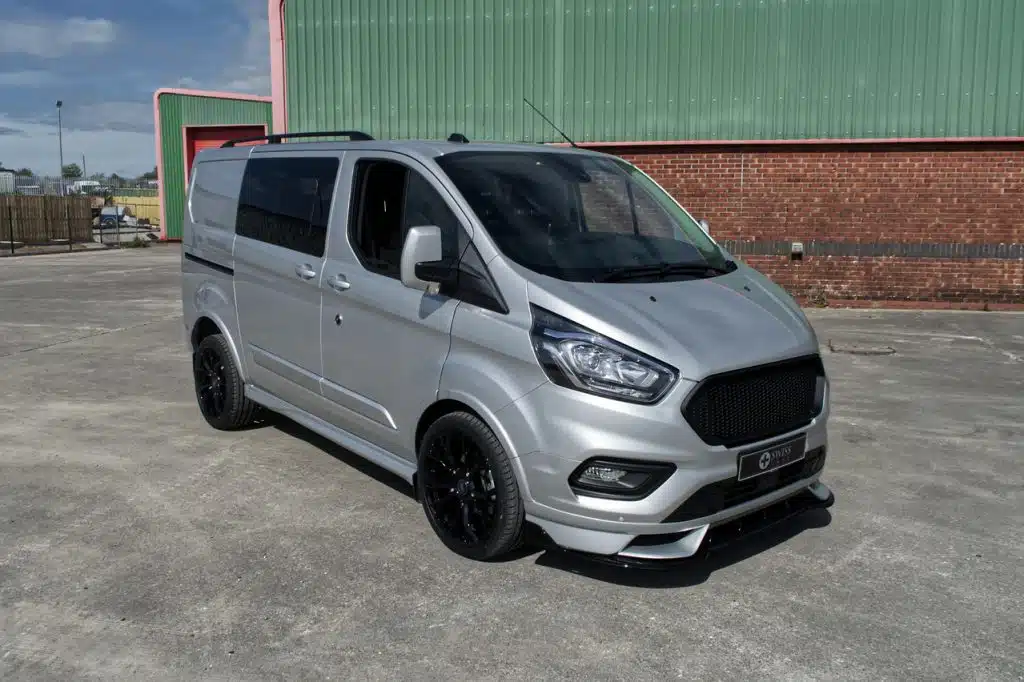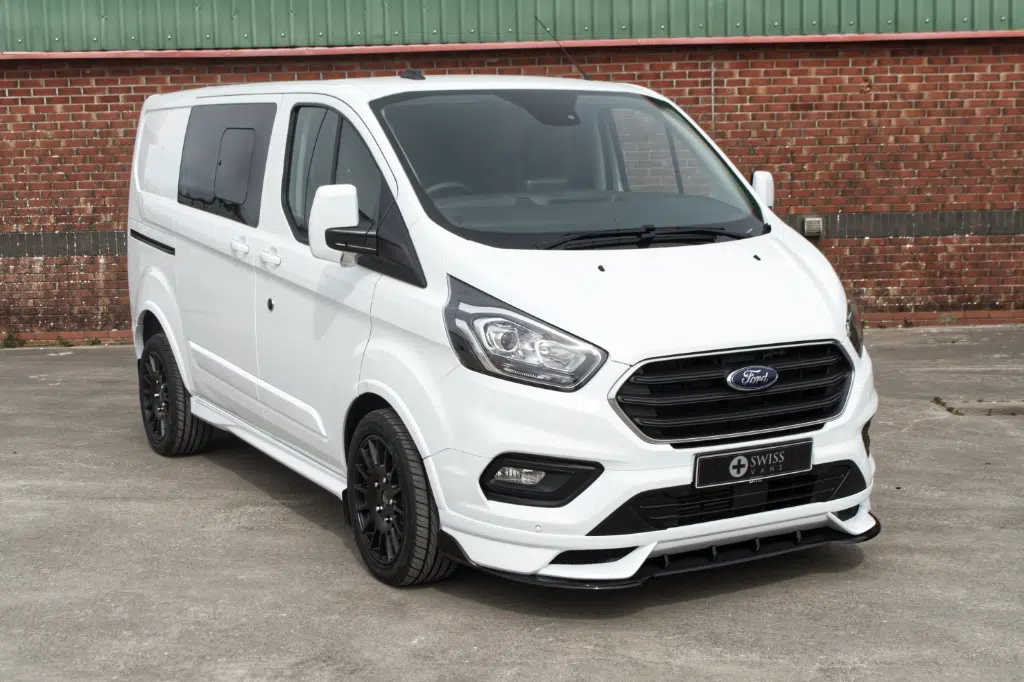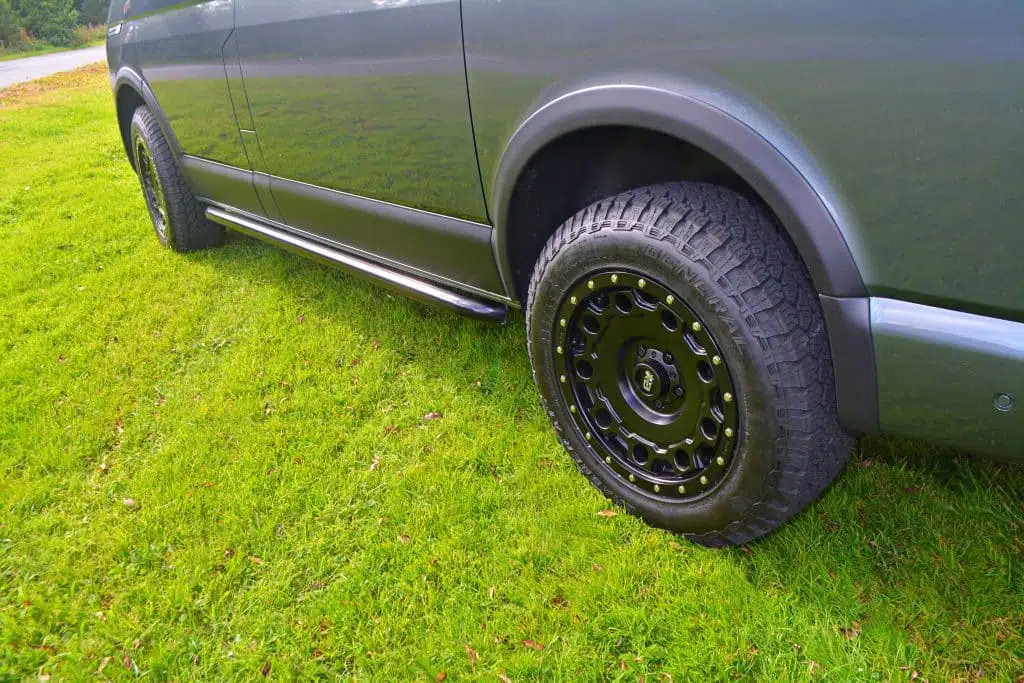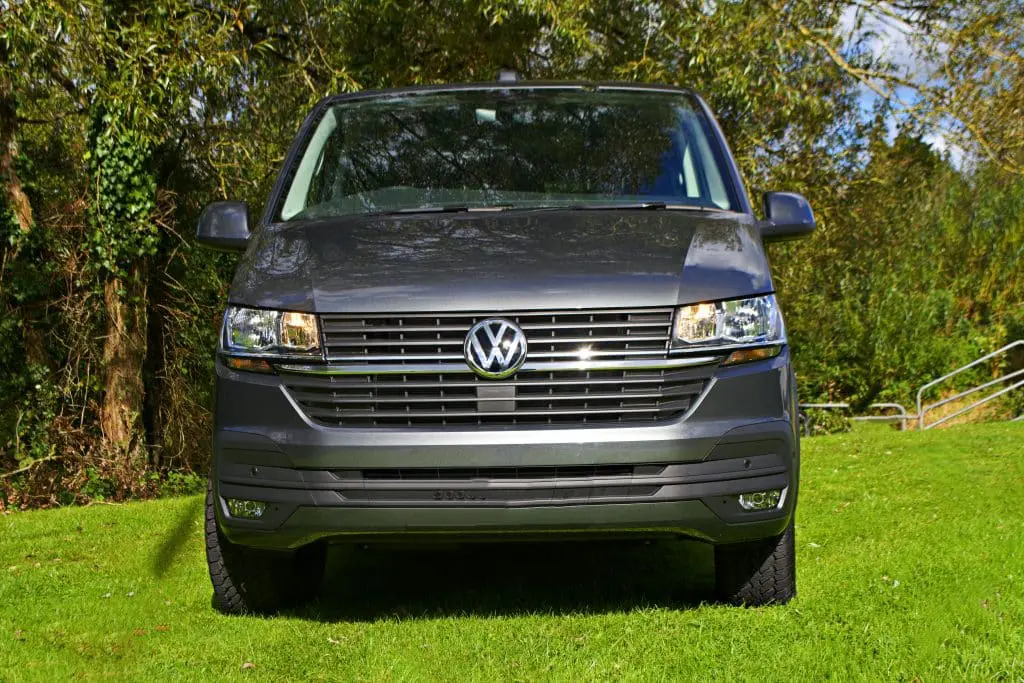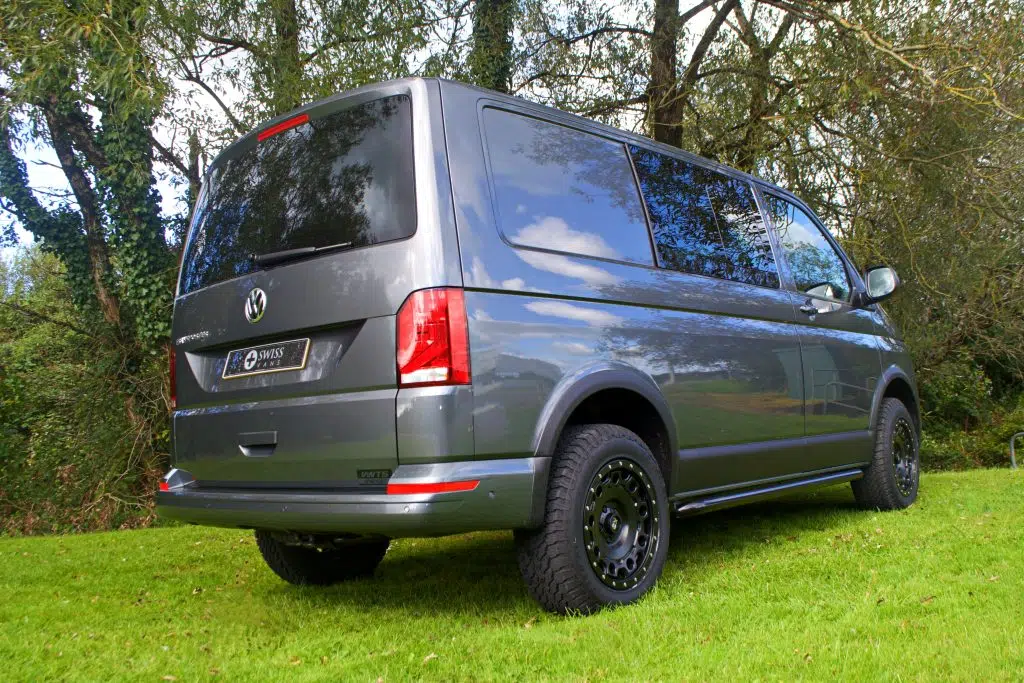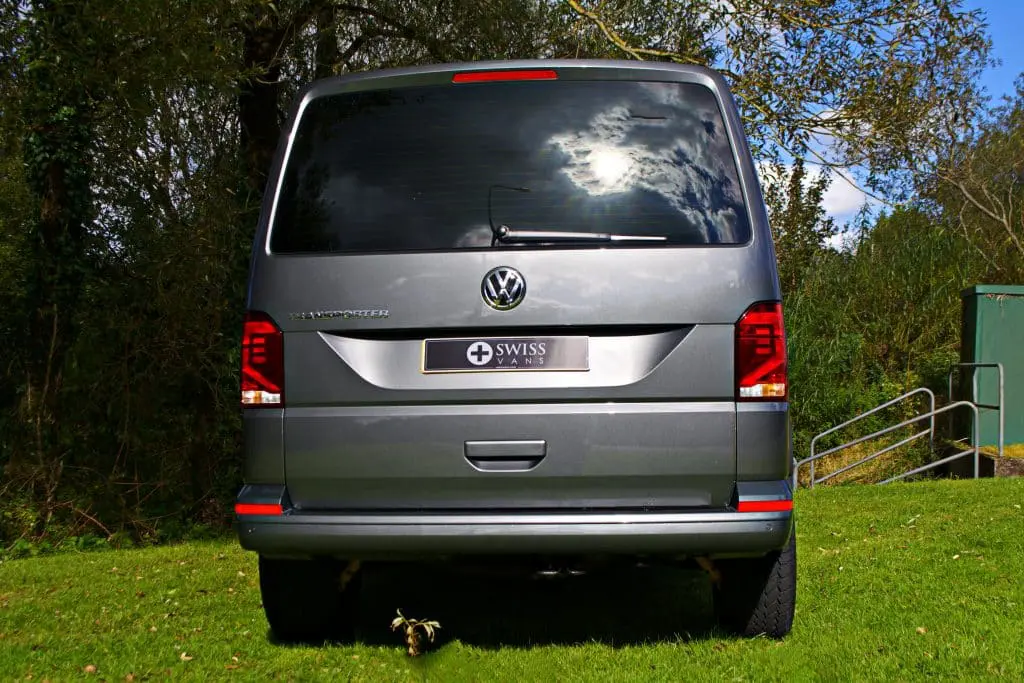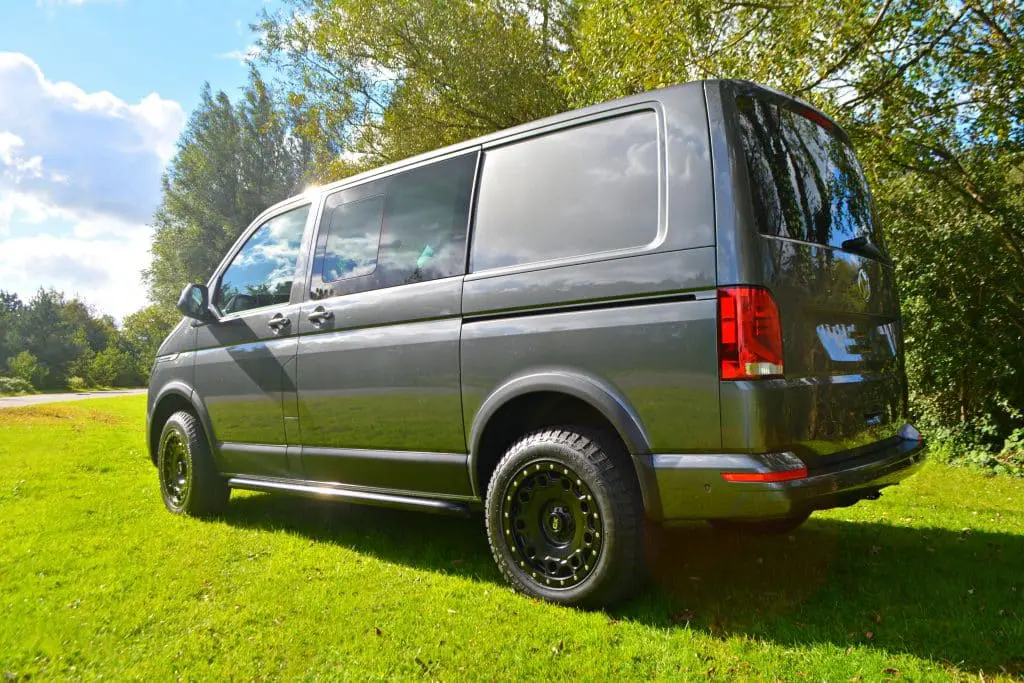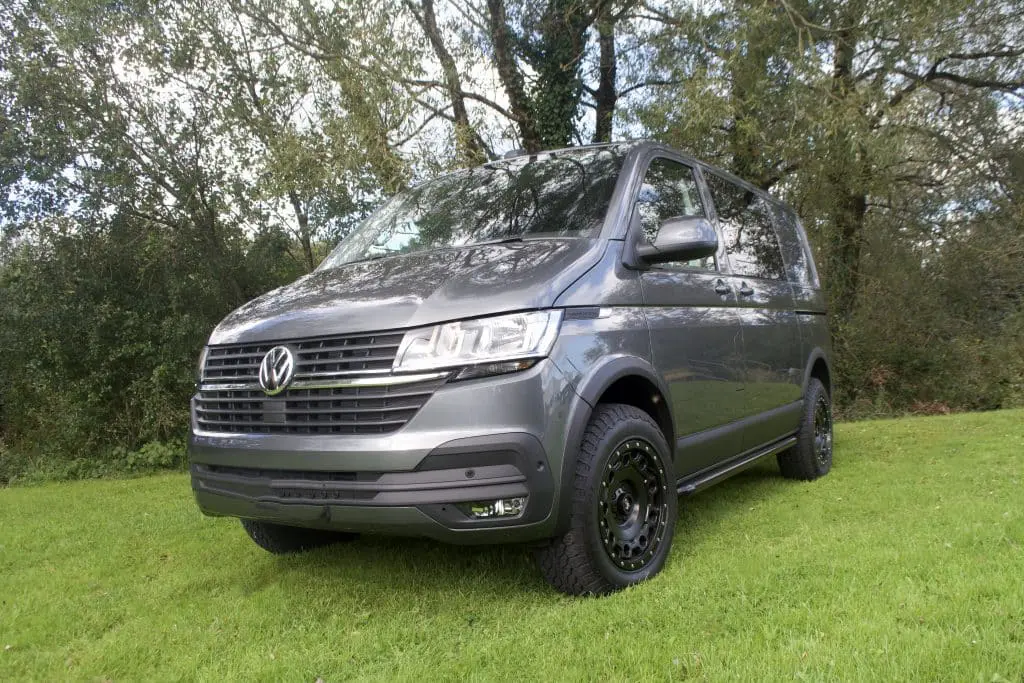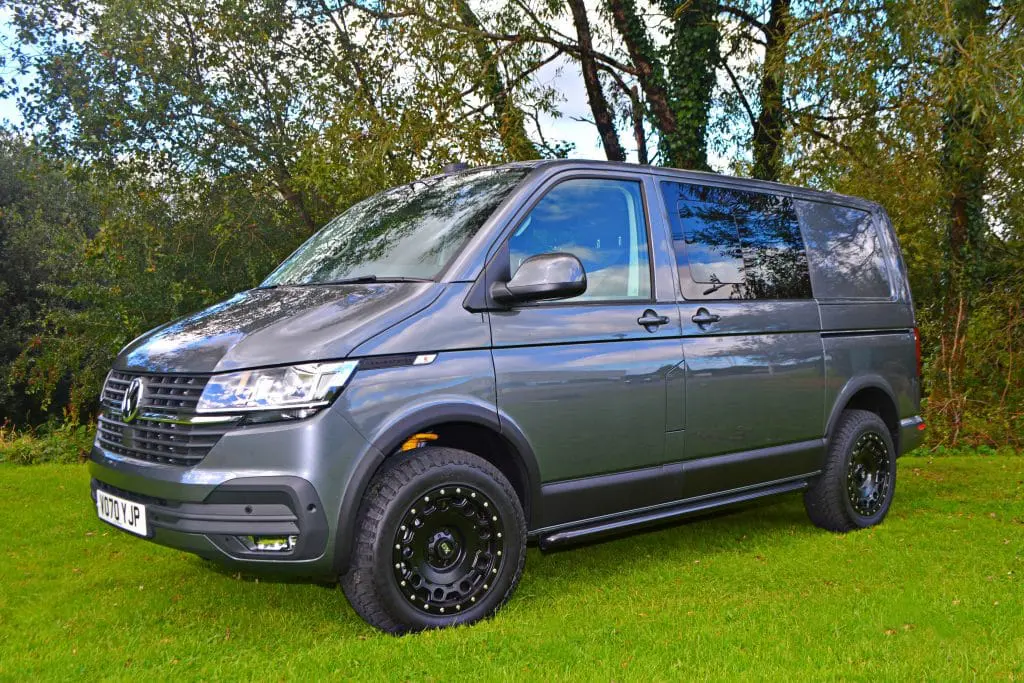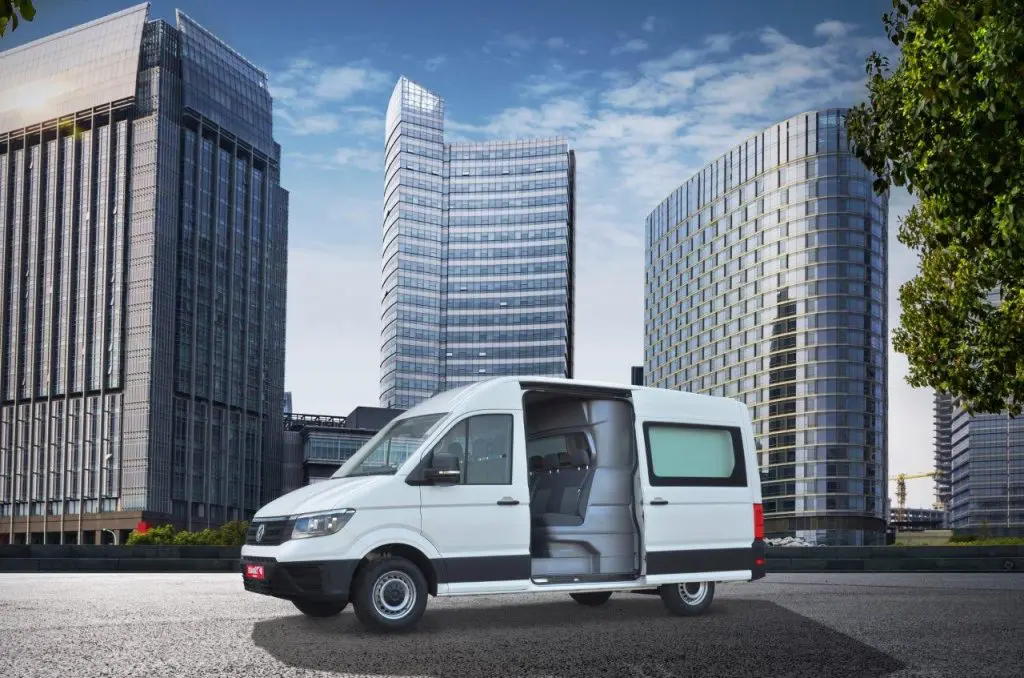Nowadays, most businesses are careful when picking the appropriate tools to increase production and efficiency. A good van is one such item that is necessary for many brands. Brands or companies can use a van for several things, including moving items and offering a mobile workspace.
What if a company doesn’t have a van for its operation? How can a company transport items without having to buy a new van? Here is where leasing a van becomes very important. Leasing a vehicle is a choice that businesses are choosing more and more frequently. A van lease typically lasts between two and five years, enabling you to pay a set monthly amount as you use the new vehicle.
Before customizing that leased van to suit your business brand, you must know the available options. In this article, you will discover the customization options for your new van lease to maximize efficiency. Without further ado, let’s get started.
Customization Options for Leased Van
Not just because you can transport goods to clients or have access to a full toolkit while traveling, a company vehicle is a great asset. A van is one of your best promotional assets that, when used properly and equipped with the appropriate signs, can turn in a lot of sales with little investment.
With no additional work or expenses, a one-time investment in decorating your van with an appealing brand can bring you tens or even hundreds of new clients. Nevertheless, there is the presumption that adding a physical alteration like a logo is not permitted if you are driving a rented van, which you do not officially own. Fortunately, we can assure you that you can! Here are the customization options for a leased van.
Branding
A rented van frequently needs branding, which is usually acceptable. After the lease, it must be taken down. Choose short-term magnetic or vinyl stickers to confirm that they come off quickly and don’t rip the exterior paint off. One more thing to remember is to make sure all sticker residue is eliminated.
Personalized alloy wheels
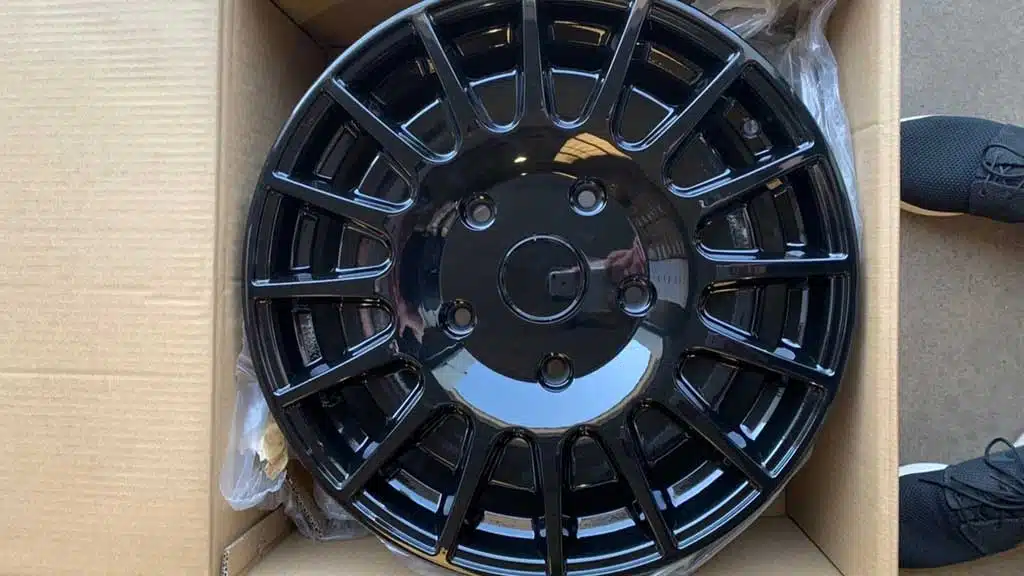
Almost everyone likes giving their car a little personality; switching out the wheels is a great way to do it. On a rented vehicle, it is feasible to utilize unique alloy wheels, albeit there are typically some restrictions. For instance, wheels must comply with the existing wheel’s specifications when customizing vans to guarantee no safety issues arise. Once more, you should confirm these changes with your insurance company.
Dash camera
Many companies customize their vans by installing dashboard cameras, which help provide safety on the highway. The installation method usually determines whether you require authorization to support one. You’ll need approval before making any hardware changes in a leased van. Furthermore, you need a professional to fix the hardware to avoid damage.
Vehicle wrapping
For rented vehicles, wrapping is a common request. This is due to the ease with which you can outfit your vehicle with branded colors and mottos and then take them off when you bring them back. It is often acceptable to make this alteration, but you should first verify with the loan company.
GPS
A GPS tracker is another option possible to customize. Even if most current vans already have an alarm and an immobilizer, cutting-edge technology like a tracking device can add extra security. A sophisticated tracking system could tell you or your finance company exactly where your van was if stolen.
The police should then be able to obtain it after that. Installing a tracker can cut your insurance costs since it lessens the likelihood that your van will be stolen and your insurance company will be forced to pay a sizable claim.
Remapping
This is a common van customization for owners seeking to increase efficiency and performance. It is usually possible to change a rented van, although you will need permission. They must be detached before returning the van, just like many other changes. Your leasing provider won’t agree if the remapping can’t be removed after usage. Remember to inform your insurance provider if you decide to alter this engine.
Tow bar
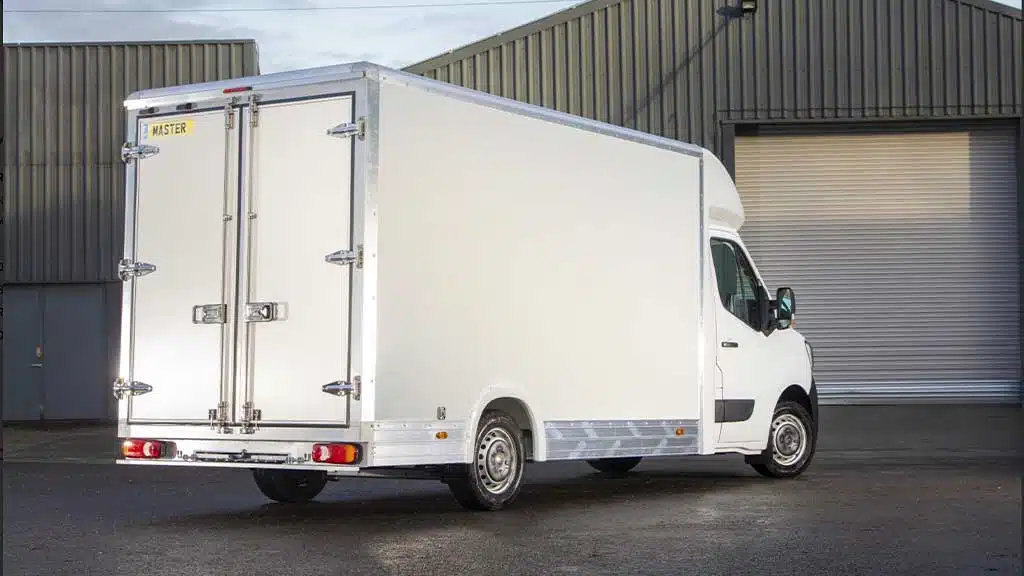
This function is typically permitted because leasing firms know you may need to tow something with your van or 4×4. In rare cases, the leasing company might install this before your van is delivered. Alternately, make sure before performing one.
Privacy glass
Another popular option for a van is privacy glass. This involves mostly with rear or side windows. Nevertheless, before installing this feature, confirm with the rental company. Many rented vans come with privacy glass as non-compulsory to make living simpler. Compared to having a replacement job done, this could be less expensive.
Racking
Many companies favor the flexibility of modifying the load space of a rented van. It organizes the area and minimizes how much time things move around while being transported. Problems may occur if racking requires fastening to the ground because this could leave holes or lasting markings. Even if it can be taken away after the contract, you can be responsible for any repair charges for wear and tear that fall outside your insurance’s scope.
Private plates registration
A private registration plate can be added to a van, just like any other change, if you notify the owner first. The additional time and form-filling required to handle it are the only drawbacks. The DVLA must provide its permission. Furthermore, you must inform your insurance provider. When your van is delivered, not before, is when you can begin the process.
Catalytic Converter Lock
This lock prevents theft and tampering by being put across a van’s catalytic converter. Thieves for the valuable metals stored in the particulate filters occasionally target catalytic converters.
A marine-grade stainless steel cage enclosing the converter is what the catalytic lock is built of. A secure connection between the cage and the underside of the van is made using two stainless steel safety ropes. Make sure to search the market for the right one because a wide variety is accessible at various prices. Insurers typically require a Thatcham-approved one.
Roof rack
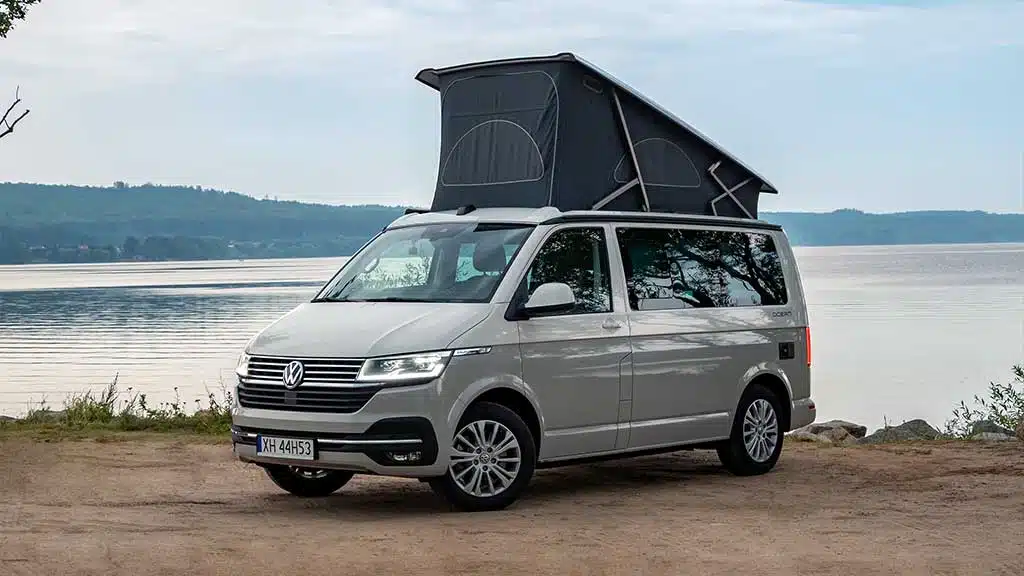
These typically accommodate a wide range of brands and models and are easy to install. However, consult the credit provider first before installing one.
Customization Not Allowed
Numerous adjustments are permitted with the funding provider’s consent. Whether the modification can be withdrawn at the lease end is typically what makes the decision. Most of the time, the following are prohibited:
- Changing the exterior paint
- Direct signwriting on the paintwork
- Attaching something to the interior or dashboard that requires drilling holes or causing trim damage.
It’s important to remember that any modifications made throughout the hire are done at your personal risk. Furthermore, any damages will have an impact on your insurance. Before making any modifications to the car, check with your rental company to prevent additional fees after the lease.
Factors to Consider When Leasing
There are several things to take into account when leasing a van. The following can help provide the best van leasing for your business.
Size and Capacity
The work van’s size and capacity must be taken into account. You must ensure the vehicle has enough space for your equipment or freight. The van should also be able to deliver your goods with an appropriate payload capacity safely.
Fuel Efficiency
When selecting a van, fuel efficiency is another important issue. If your business relies significantly on its cars, you can save money by investing in a fuel-efficient van.
Safety Features
For every work vehicle, safety elements are crucial. For the sake of the driver and passengers’ safety, the van should incorporate components like stability control, anti-lock brakes, and airbags.
Cargo Accessibility
Another crucial factor is the van’s cargo accessibility. Think about the kind of cargo you’ll be moving and how simple it will be to load and unload from the car. While some vans have sliding doors, making it simpler to enter the cargo space, others have wide-opening back doors.
Conclusion
One option to maximize your business in terms of sales is through adverts. A more effective means to achieve this is to customize a lease van, especially if your business requires a working vehicle. Nevertheless, before getting started with your customization options, it is crucial to check the available options.
FAQs
Can I customize a new leased van?
It highly possible to customize a new leased van. However, before you begin adding anything, notify your loan company and leasing firm. Ask first if you have any specific requests before signing the lease. Before signing the dotted line, your lease and finance provider will go through everything permitted. They might be able to set some up for you as extras if you want them!
Can I Place Rims onto a Lease Van?
A lease car may typically have alloy wheels, although there may be size constraints because the new wheels must correspond to the size of the old wheels. The goal of this is to maintain the ride experience. Many vans come equipped with alloy wheels so that you may avoid the headache.


